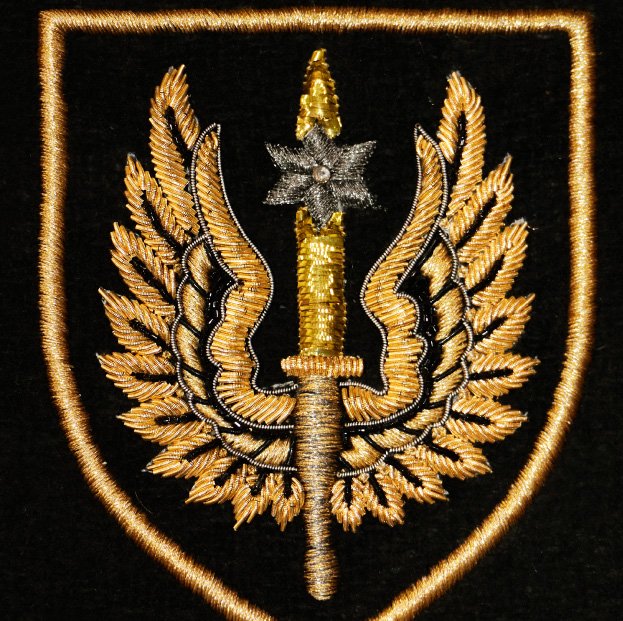
Appreciating Nature through Beautiful Embroidery
There are gorgeous embroidery pieces that appreciate the bounty of nature. Nature scenes are absolute eye catcher in Embroidery. Floral or Animal motifs – these never get out of style. Feather embroidery designs are also simple, yet bold. Nature embroidery makes every plain fabric unique in its every way. Embroidery is no longer an archaic craft restricted to historical scenes.

Origin of Embroidery Techniques
Initially seen as a mark of wealth and status, these embroideries have become the culture markers of specific geographies. The process of tailoring, embellishing and needle working has fostered the development of a varied type of sewing techniques and the decorative possibilities of these techniques have led to the adaptation such age-old crafts into the modern design sensibilities.
Depending on the texture of the fabric, design, type of stitch and the different materials used (metal strips, pearls, beads, sequins etc.) there is plenty of work that serves as an inspiration for designers today. Take a look at the most popular embroidery designs from those times that still give us the ornate feels.

Kashida work (or Aari)
Derived from Persian and Mughal influences, a darner skilled in the handwork is said to have brought it with him from Persia. The Aari Work, uses a special type of crooked needle to make consistent loops where each loop is held by the subsequent one to give it a chain-like appearance. It is said that no single piece of Kashida is done by an individual completely, passing through many skilled hands before it’s declared done.

Kantha Stitch
A versatile yet simple running stitch that can be applied in a multitude of ways, Kantha uses pre-loved fabrics to create beautiful patterns that are worked by hand and cannot be mass-produced in any way which makes no two pieces of Kantha ever look the same. Unlike other embroideries, Kantha work in the olden days was never ordered by the gentry but passed down as dowry from mothers to their daughters.

Bullion Stitch
Extensively used during the time of the Mughals, Bullion stitch came to India from China and is worked by twisting a thread around a needle several times before it touches the cloth. A series of bullion stitches make up for the bullion knot. Also, originally the expertise of hand sewers, bullion knots today hold a special place in the luxury designer bandwagon.

Patchwork
Folk women of native communities in Gujarat used patchwork to make large canopies and tents. For patchwork, various patterns and colours of fabric are cut in different sizes to form a complete piece of work. The interesting thing to note in this type of embroidery is, once completed, the fabric never sags or wrinkles. Today, top designers from the industry are piecing their way into making collections that are based on patchwork. Using luxury silks and fabrics they give sustainability a true definition by making stunning ensembles from what erstwhile was dead stock.